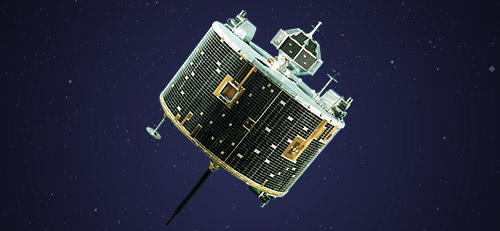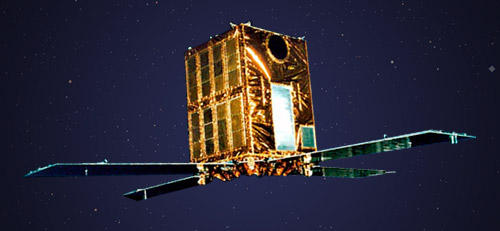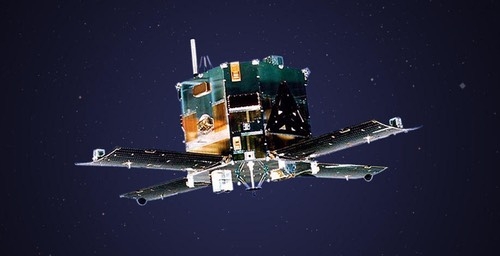| Name (pre-launch in parentheses) | AKEBONO (EXOS-D) |
|---|---|
| International Designation code | 1989-016A |
| Objectives | Elucidation of physical phenomena of the magnetosphere in relation to aurora (observation of acceleration mechanism of aurora particles and aurora luminous event) |
| Launch Date | 08:30, February 22, 1989 (JST) |
| Launch Location | Kagoshima Space Center (Uchinoura) |
| Launch Vehicle | M-3SII-4 |
| Weight | Approx. 295 kg |
| Shape | 100cm high, 126cm long from face to face Octagonal cylinder with four solar-array paddles Equipped with 30m-long antenna and two (5m and 3m) extendable masts |
| Orbit Altitude | Perigee 275 km, Apogee 10,500 km |
| Orbit Inclination | 75° |
| Type of Orbit | Highly elliptical |
| Orbital Period | 211 min |
| Scientific Instruments | 1.Three-axis fluxgate magnetometer 2.Electric field detector 3.Low energy ion detector 4.Suprathermal ion spectrometer 5.Thermal electron detector 6.VLF wave detector 7.HF wave detector and topside sounder 8.Visible and UV auroral imager |
| End of Operation | April 23, 2015 |
| Results | Scientific results obtained until now include: demonstration of particle acceleration by electric field parallel to magnetic field lines; quantitative research on ions flowing out from the polar ionosphere: detailed research on reinforcement of UHR waves on the equator: thermal structure of low-altitude plasmasphere; discovery of partial dropping phenomenon in density of the plasmasphere when magnetic storms occur; and observation of long-term variation of particles in the radiation belt. |






